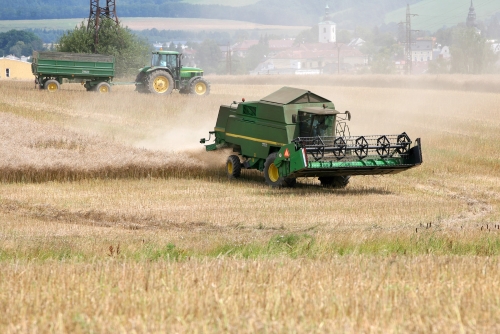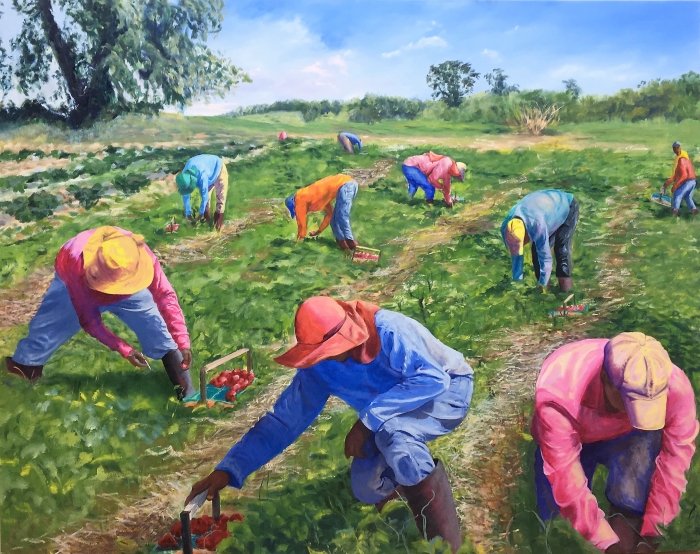 Hudson Valley group pushes to expand market
Hudson Valley group pushes to expand market
By Brian PJ Cronin
Todd Erling is the executive director of the Hudson Valley AgriBusiness Development Corp. (HVADC), an agency based in Hudson.
How did the HVADC get started?
We’re a product of a study by the American Farmland Trust in the early 2000s that looked at the challenges facing Hudson Valley agriculture. Four of its 13 recommendations were addressed by creating HVADC.
You’ve concluded that Hudson Valley farmers could sell $335 million more food than they do. How do you calculate a figure like that?
We look at market demand and market access, coupled with studies that look at our foodshed [a geographic location that produces the food for a particular population]. Within about five hours from Kingston, you can access 55 million mouths, including in New England, Philadelphia and Washington, D.C. Our location provides an amazing opportunity, as does having access to viable farmland, great water and our heritage of being the breadbasket of the Northeast.

What are the biggest challenges for new farmers here?
It’s an expensive place to produce food. We have a higher cost of living, and our plentiful rain can affect the growing conditions in terms of mold, mildews and certain pests. There’s also the challenge of other markets around the world having access to our customers because of highways and rail. Our farmers have to compete with a competitive food market in urban areas. But we can tell our stories about who grows the food and how it is grown. Consumers seem willing to vote with their forks.
Which farms have you worked with in the Highlands?
We’ve been working with Fishkill Farms on a multiyear project to create a hard-cider product because it lets a farm use unsellable or unharvestable apples to make a product with a significant markup compared to sweet cider or shelf-stable apples [that can be stored for long periods without spoiling]. We also helped them, with Scenic Hudson, to expand their footprint by acquiring property adjacent to the farm to produce apple varieties that are good for hard cider.
What is the first step for the Hudson Valley to become a regional food hub?
We need to take advantage of existing infrastructure. Many farms have pack houses, cold storage, freezer storage and loading docks, but they are under-utilized. The larger question is, how do we link those to distribution, wholesale and retail? How do you connect the dots?
Introduction
By Chip Rowe
No One Left to Farm
What happens when the children move on?
By Cheetah Haysom
A Short History of Hudson Valley Farming
A thousand years of innovations
By Michael Turton
Who Will Pick the Crops?
Farmworkers “aging out” with farmers
By Cheetah Haysom
Finding New Farmers
Who will be growing our food?
By Cheetah Hayson, Pamela Doan and Jeff Simms
Building Out
Hudson Valley group pushes to expand market
By Brian PJ Cronin





